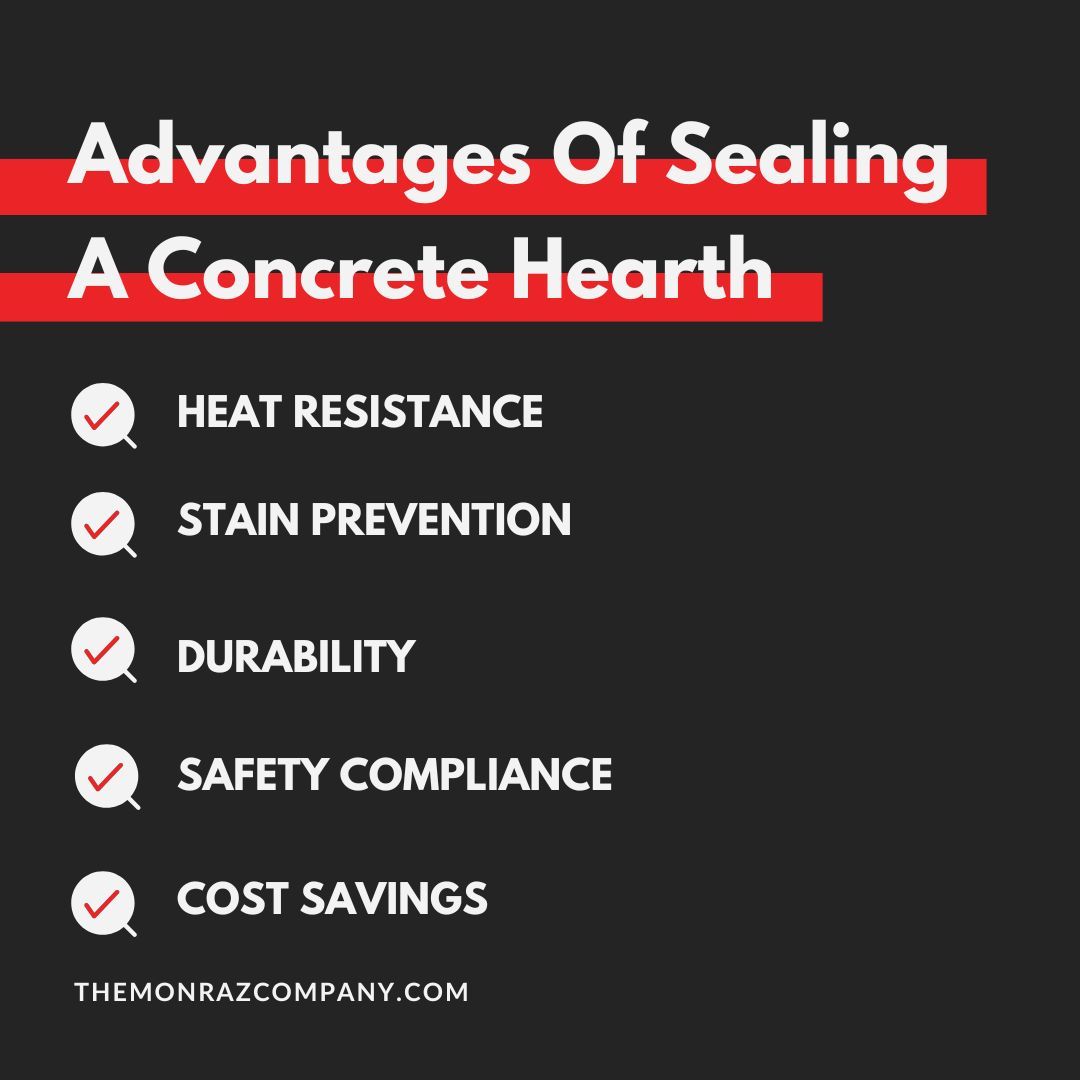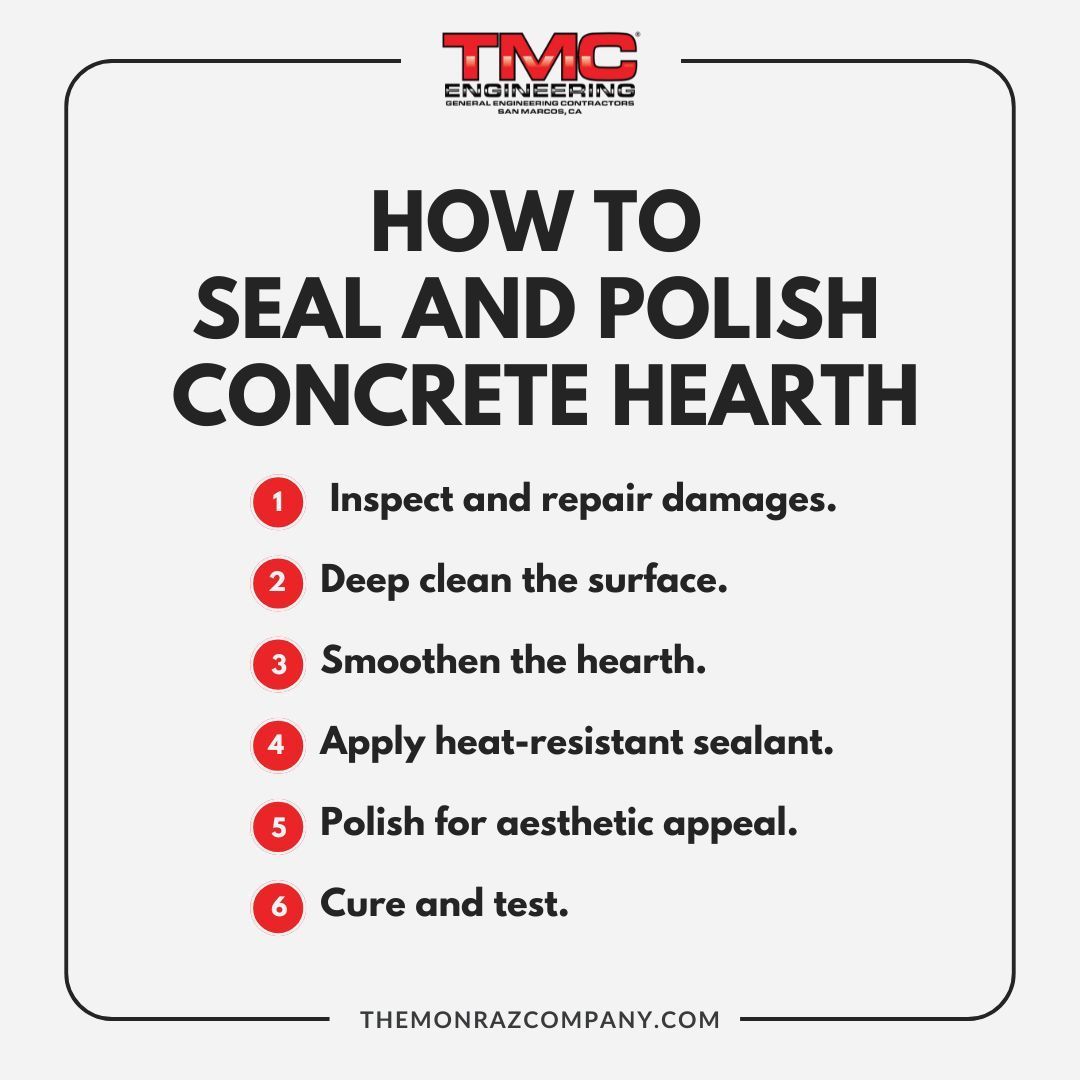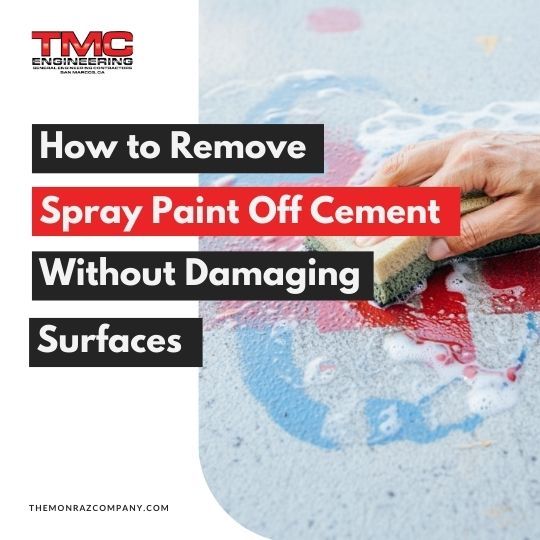How To A Seal Concrete Hearth: A Complete Guide
A concrete hearth serves as the fire-resistant base for fireplaces, commonly found in commercial spaces like hotels, event venues, and upscale restaurants. Designed to withstand extreme heat, commercial concrete fireplace hearths endure constant use, high traffic, and temperature fluctuations.
Over time, exposure to flames, soot, and thermal stress can lead to cracks, discoloration, and structural weakening. For property managers and facility teams, sealing the hearth isn’t just about aesthetics, it’s a critical maintenance step to ensure safety, compliance, and longevity.
In this guide, we’ll explain how to properly seal a commercial concrete hearth to keep it in tip-top shape.
If you would like a quicker or more elaborate answer to your repair and construction questions, call the experts at TMC Engineering! If you're in Southern California, we can instruct you on your problem and perform whatever repair is necessary. We've got an expert solution for all your asphalt or concrete needs!

How To Seal A Concrete Hearth
In this guide, we’ll not only walk you through the step-by-step sealing method, but also explain how sealing protects your investment by enhancing heat resistance and preventing costly cracks. By appreciating these benefits, you’ll recognize how proper sealing extends the lifespan of your concrete fireplace hearth, maintains its appearance under heavy use, and reduces long-term maintenance costs in high-traffic commercial environments.
What Are The Advantages Of Sealing A Concrete Hearth?

Sealing isn’t just an aesthetic upgrade; it’s a protective measure with tangible benefits for commercial properties such as:
- Heat Resistance: Guards against thermal cracking, even under intense fireplace use
- Stain Prevention: Repels soot, ash, and spills, maintaining a professional appearance in high-traffic areas
- Durability: Reduces wear from foot traffic, cleaning chemicals, and temperature swings
- Safety Compliance: Prevents smoke or embers from penetrating cracks, aligning with fire codes
- Cost Savings: Minimizes repairs and extends the hearth’s lifespan, lowering long-term expenses
Unlike a concrete countertop, which primarily needs stain protection, a hearth requires specialized sealing to handle direct heat exposure.
How To Seal And Polish A Concrete Hearth
Step 1: Inspect and repair damages.
Examine the hearth for cracks, chips, or uneven surfaces. Use a wire brush to remove loose debris, then clean the area with an industrial vacuum. For cracks deeper than 1/8 inch, apply epoxy foundation crack repair to restore structural integrity. This filler bonds tightly and withstands high temperatures, preventing future damage. Allow repairs to cure fully.

Step 2: Deep clean the surface.
Grease, soot, or old sealant residues can hinder adhesion. Use a commercial-grade concrete cleaner and stiff-bristle brush to scrub the hearth. For stubborn stains, a pressure washer (on low setting) or alkaline degreaser may be necessary. Rinse thoroughly and let the surface dry for 24–48 hours.
Step 3: Smoothen the hearth.
Equip an orbital sander with 80-grit sandpaper to level repaired areas and remove rough patches. Progress to 120-grit paper for a polished finish. This step is crucial for ensuring the sealant adheres evenly. Wipe away dust with a damp cloth and let the surface dry completely.
Choose a sealant rated for concrete fireplace hearths and high temperatures (look for products exceeding 500°F/260°C). Using a foam roller or brush, apply a thin, even coat across the hearth. Focus on edges and corners, where cracks often originate. Allow the first layer to dry (typically 2 to 4 hours), then add a second coat for maximum protection.
Step 5: Polish for aesthetic appeal.
For a sleek, professional finish, polish the sealed hearth with a concrete grinder or handheld polisher. Start with a 400-grit diamond pad, moving to 800-grit for a satin sheen. This step enhances slip resistance and simplifies future cleaning.
Step 6: Cure and test.
Allow the sealant to cure for at least 72 hours before resuming fireplace use. Test the surface by sprinkling water. If it beads up, the sealant is effective. Reapply as needed every 1–2 years, depending on usage.
Investing in the right tools for concrete ensures efficiency and precision. Key items include:
- Diamond polishing pads
- Industrial sealant applicators
- Epoxy injection kits for cracks
- pH-neutral concrete cleaners
Seal your concrete hearth properly to keep it in tip-top shape.
By sealing your commercial concrete hearth, you protect both your investment and your building’s safety. Whether it’s a grand hotel lobby or a cozy restaurant nook, a well-maintained hearth enhances ambiance and functionality for years to come.
For more information on how to deal with issues on concrete, you can visit our blog. We have plenty of guides on numerous concrete matters, such as:
At TMC Engineering, we have a deep commitment to delivering projects characterized by the highest standards for safety, workmanship, and client satisfaction.
We aim to provide you with valuable content and insights related to the services our team of experts provides! Whether you require asphalt paving, striping, sealing, or concrete work, we offer a full suite of transportation construction solutions. Look no further—we’ve got all you need and more!




